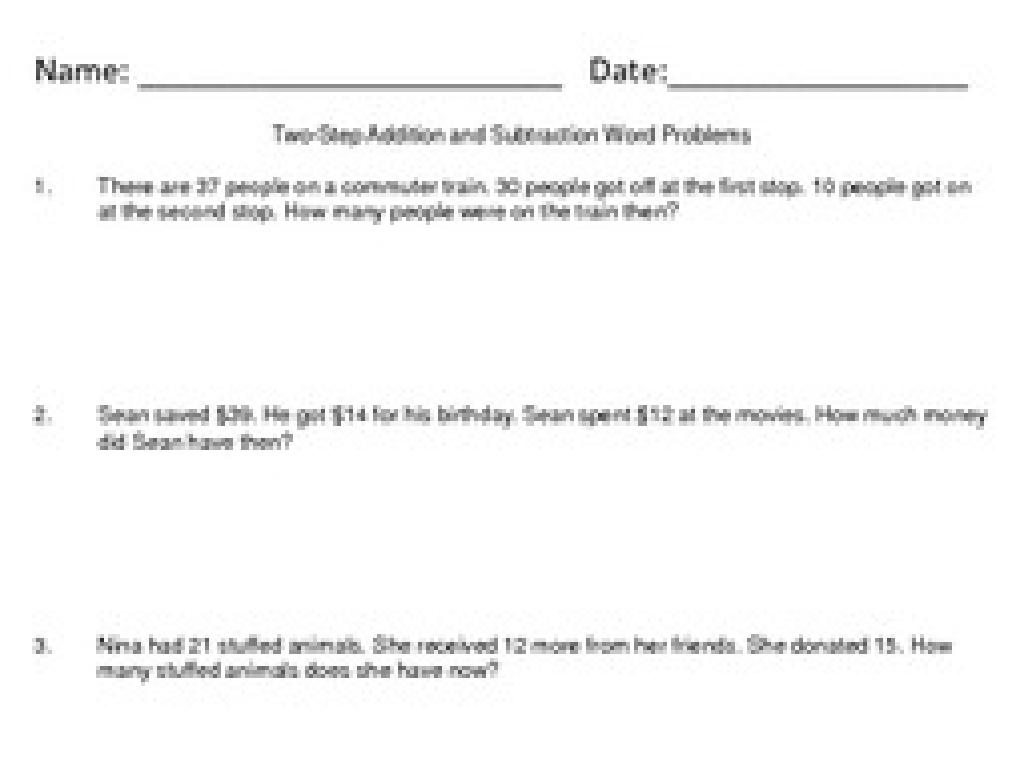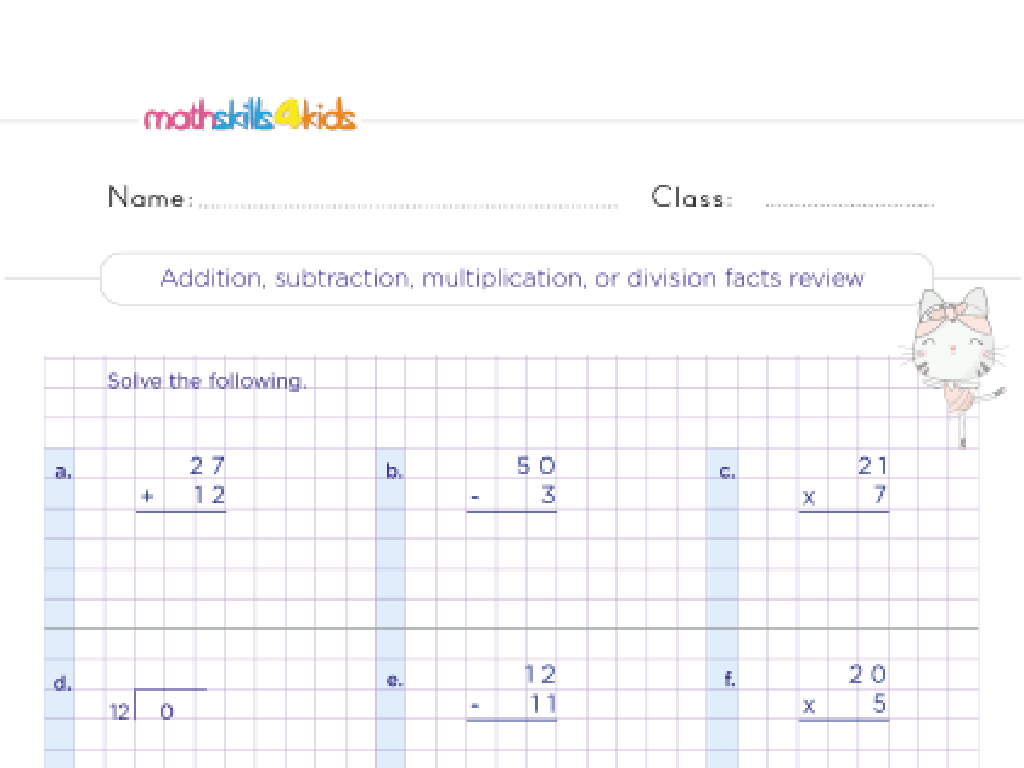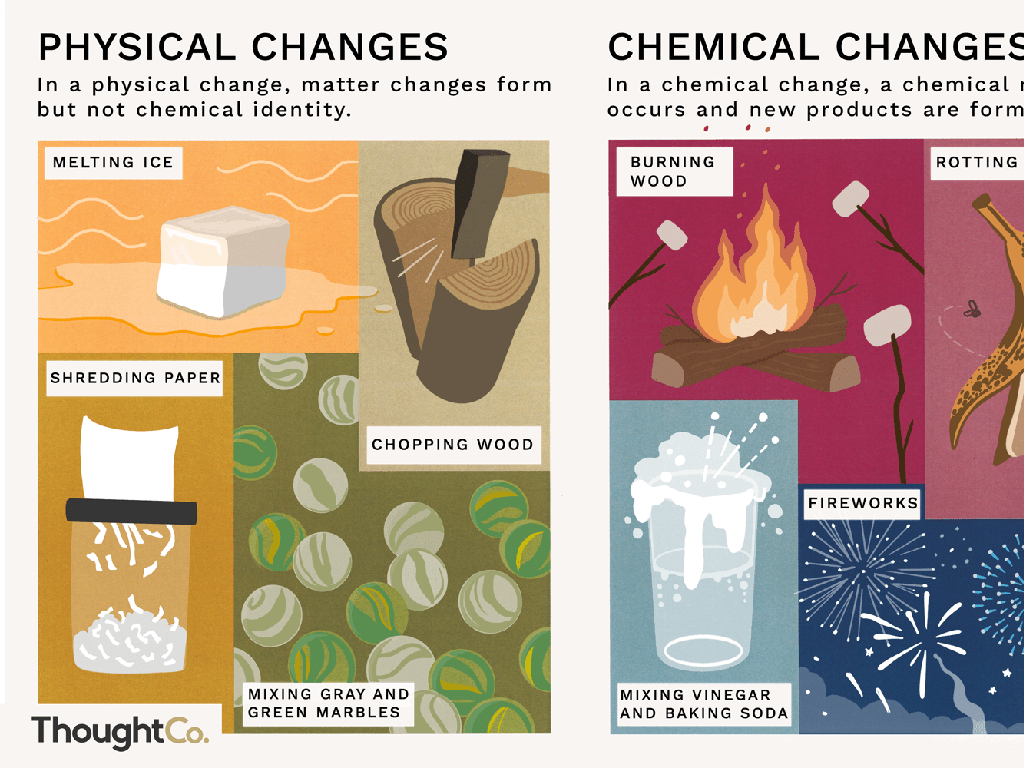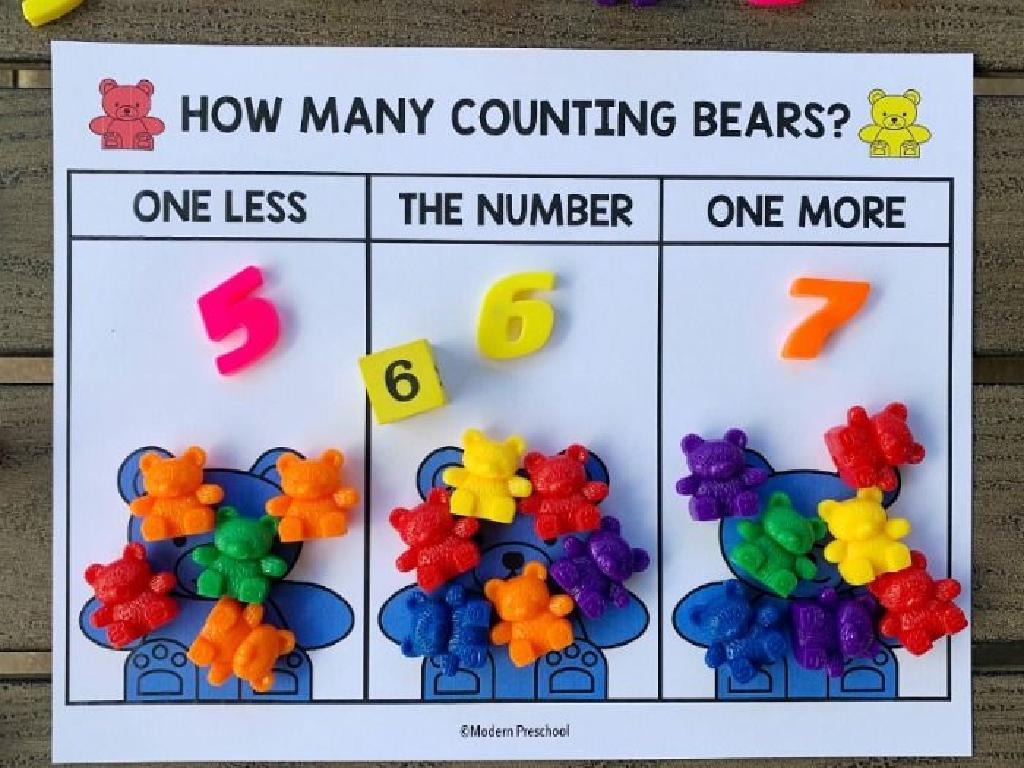Natural Resources
Subject: Social studies
Grade: Second grade
Topic: Economics
Please LOG IN to download the presentation. Access is available to registered users only.
View More Content
Exploring Natural Resources
– What are natural resources?
– Materials from Earth that people use
– Types of natural resources
– Water, soil, trees, and minerals
– Importance of natural resources
– They help us live, grow food, and build homes
– Caring for our resources
– We must use them wisely and protect them
|
This slide introduces second-grade students to the concept of natural resources, which are materials or substances such as water, forests, and minerals that occur in nature and can be used for economic gain. It’s important to provide relatable examples like water for drinking, soil for growing plants, trees for making paper, and minerals for constructing buildings. Emphasize the significance of these resources in everyday life and the need for conservation. Encourage students to think about how they use natural resources daily and discuss ways to protect and preserve them for future generations.
Types of Natural Resources
– Renewable vs Non-Renewable
– Resources that can be replenished vs those that can’t
– Sunlight, Water, Wind: Renewable
– These resources are natural and never run out
– Oil, Coal, Natural Gas: Non-Renewable
– These take millions of years to form and can run out
– Why some resources are limited
|
This slide introduces the concept of natural resources and the distinction between renewable and non-renewable resources. Renewable resources are those that nature can replace once used, like sunlight, water, and wind. Non-renewable resources, such as oil, coal, and natural gas, take millions of years to form and are finite. It’s important to explain that non-renewable resources can run out if we use them too quickly. Use simple language and examples that second graders can relate to, such as comparing the endless nature of sunlight to a never-ending storybook, and the limited amount of non-renewable resources to a cookie jar that can become empty. Encourage students to think about how we use these resources in our daily lives and why it’s important to conserve them.
The Role of Natural Resources in Our Lives
– Daily use of natural resources
– Water for drinking, plants for food, wood for building
– Resources in food, clothes, shelter
– Fruits, vegetables, cotton for clothes, trees for homes
– Conservation and wise use
– Saving water, recycling, careful with nature
– Importance of preserving resources
|
This slide aims to educate second-grade students on the significance of natural resources in everyday life. It should highlight how we depend on these resources for basic necessities such as food, clothing, and shelter. For example, we eat plants and animals, wear clothes made from natural materials like cotton, and live in houses built from wood and stone. Emphasize the concept of conservation, teaching students the importance of using resources wisely, like turning off the tap to save water and recycling paper to save trees. The goal is to instill an understanding of sustainability and the need to protect our natural resources for future generations.
Conserving Natural Resources
– Understanding conservation
– To conserve means to use resources carefully to avoid waste.
– Easy methods to conserve
– Turn off lights, save water, plant trees.
– The Three R’s: Reduce, Reuse, Recycle
– Reduce: Use less. Reuse: Use again. Recycle: Make new things.
– Why conservation matters
|
This slide introduces the concept of conservation to second-grade students, explaining that conserving natural resources means using them wisely and carefully to prevent waste. Highlight simple actions they can take, such as turning off lights when not in use, not wasting water, and planting trees. Discuss the Three R’s Reduce, Reuse, and Recycle as memorable guidelines for conservation. Emphasize the importance of each action and how it helps our planet. Encourage students to think of examples in their daily lives where they can apply the Three R’s and understand that even small actions can make a big difference in conserving natural resources.
Natural Resources Around the World
– Natural resources worldwide
– Resources like water, trees, and minerals are found all over the world.
– Resources impact on economy
– Countries use resources to make money and provide for people.
– Sharing resources globally
– Countries trade resources they have for those they need.
– Our role in global responsibility
– We must use resources wisely and help take care of the Earth.
|
This slide introduces the concept of natural resources and their distribution around the world. It explains how these resources can influence a country’s economy through trade and industry. The slide also touches on the importance of sharing resources between countries, promoting the idea of global responsibility. Encourage students to think about how different countries might need different resources and how they can help in conserving resources. Discuss the concept of sustainability and why it’s important to use resources wisely. Provide examples of natural resources from different continents to illustrate the diversity and encourage a discussion on how students can contribute to global responsibility in their daily lives.
Class Activity: Resource Scavenger Hunt
– Let’s discover natural resources
– Work together in scavenger teams
– Find and list local natural resources
– Look for water, plants, rocks, and more
– Discuss our findings in class
– Why are these resources valuable?
|
This activity is designed to engage second-grade students in a hands-on learning experience about natural resources. Divide the class into small teams and provide them with a list of local natural resources to find around the school or classroom. As they search, they will learn to identify different types of natural resources and consider their uses. After the scavenger hunt, regroup and discuss each team’s findings. Encourage students to think about why these resources are important for our daily lives and the environment. Possible activities include finding leaves, rocks, water sources, or sunlight areas. This will help them understand the concept of natural resources and their significance in economics and sustainability.





